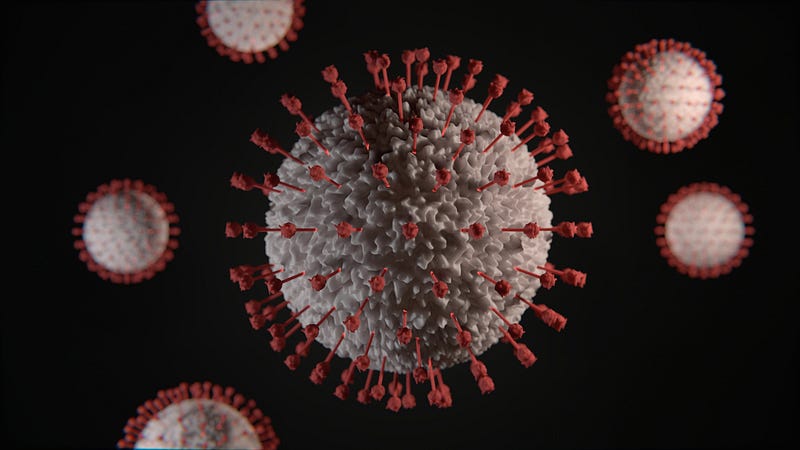The Revolutionary Impact of Vaccines: Safeguarding Lives Globally
Written on
Chapter 1: Understanding Vaccines
Vaccines are a crucial topic, often unfamiliar to many people. This guide aims to clarify the fundamental principles behind vaccines and their significance in our health.
The Immune System: Our Body's Defense Mechanism
Our body is composed of various systems, all working together to maintain health. The immune system stands out as the primary line of defense against harmful pathogens. It is made up of numerous cell types, each with unique shapes and functions, all contributing to the overarching goal of protecting our body from intruders.
How Vaccines Function
One remarkable feature of our immune system is its ability to remember pathogens after an initial exposure. This memory enables a quicker and more robust response during subsequent encounters. For example, a person who has had chickenpox as a child develops lifelong immunity, meaning they will not contract the virus again, even if exposed.
The initial immune reaction to a pathogen is referred to as the "primary response," which tends to be slow and weak. In contrast, the "secondary response" is faster and more effective, forming the basis of why vaccines are essential.
Why Vaccination is Important
Vaccines offer numerous advantages, with the primary benefit being the protection against diseases and their symptoms. They can significantly ease the body's response to infections.
Consider the case of an elderly individual concerned about contracting the coronavirus. Given the potential severity of symptoms and associated risks, they would benefit from a strong secondary immune response. By receiving a vaccine that contains a weakened version of the virus, their body can prepare to combat the actual virus without facing the dangers of genuine infection.

This illustrates the purpose of vaccination: if this individual is later exposed to the actual virus, their immune system will respond robustly, often preventing any symptoms.
Types of Vaccines and Their Components
Vaccines can be formulated in various ways, with ingredients that stimulate the immune system. Common components include:
- Killed or weakened forms of viruses or bacteria
- Parts of the virus or bacteria
- Toxins produced by pathogens
How Vaccines Transformed Global Health
Vaccines have become a standard part of healthcare in many countries, significantly improving health outcomes and saving countless lives by preventing diseases. In most nations, all children receive vaccinations shortly after birth, following a comprehensive immunization schedule during their early years.
Essential vaccines vary by country, tailored to target prevalent diseases. Today, children are typically vaccinated against Polio, Tuberculosis (TB), Influenza, tetanus, diphtheria, measles, rubella, and others.
Certain diseases that once posed severe threats have been eradicated or are now exceedingly rare. For instance, diseases like Polio and smallpox, which used to cause horrific consequences, have been eliminated thanks to vaccination efforts.
The eradication of Polio, which could lead to paralysis, and the decline of TB, once a common affliction, illustrate the transformative power of vaccines. In my medical training, I've yet to encounter a TB patient, a testament to the success of vaccination programs.
In Conclusion
Vaccines represent a vital category of medical interventions that have profoundly affected public health by eliminating specific diseases and improving overall well-being. Their role in advancing medicine and saving lives cannot be overstated. Indeed, saying vaccines have changed the world is entirely justified.
The first video, "Top 10 Times 1 Person Saved Millions of Lives," highlights extraordinary instances where individual actions have led to significant public health advancements.
The second video, "Vaccines | Dr Edward Jenner," provides insight into the historical impact of one of the pioneers of vaccination, Dr. Edward Jenner.
References: